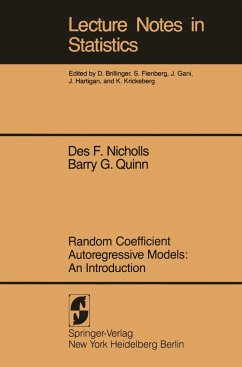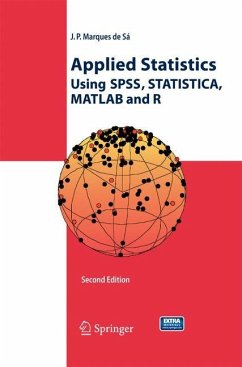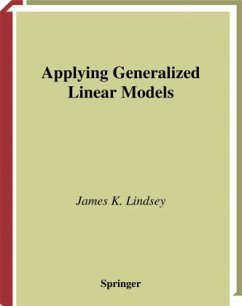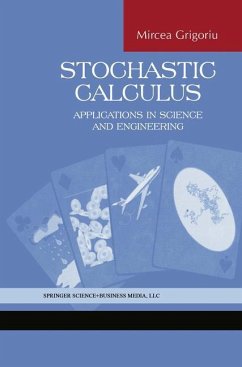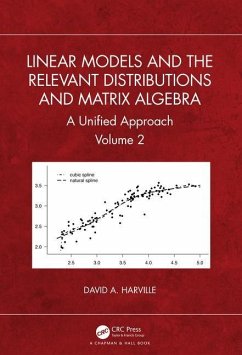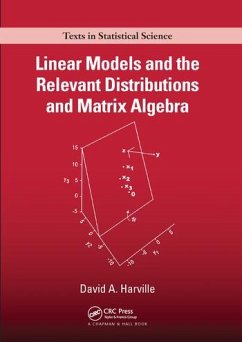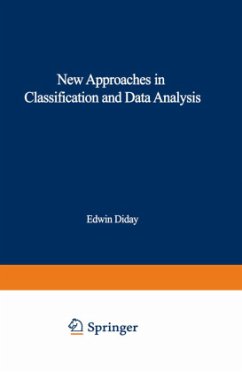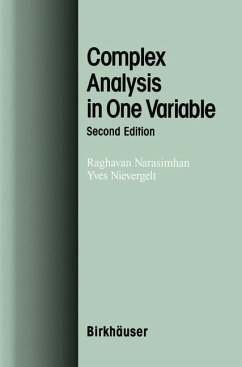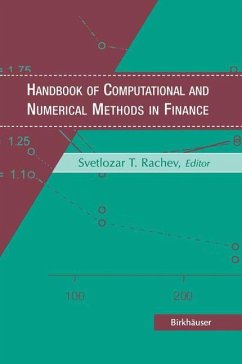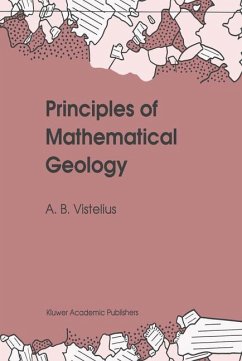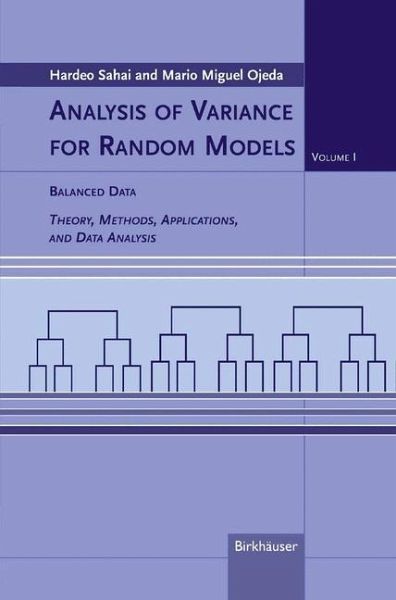
Analysis of Variance for Random Models
Volume I: Balanced Data Theory, Methods, Applications and Data Analysis
Versandkostenfrei!
Versandfertig in 6-10 Tagen
38,99 €
inkl. MwSt.
Weitere Ausgaben:

PAYBACK Punkte
19 °P sammeln!
ANOVA models involving random effects have found widespread application to experimental design in varied fields such as biology, econometrics, and engineering. Volume I of this two-part work is a comprehensive presentation of methods and techniques for point estimation, interval estimation, and hypotheses tests for linear models involving random effects. Volume I examines models with balanced data (orthogonal models); Volume II studies models with unbalanced data (non-orthogonal models).Accessible to readers with a modest mathematical and statistical background, the work will appeal to a broad...
ANOVA models involving random effects have found widespread application to experimental design in varied fields such as biology, econometrics, and engineering. Volume I of this two-part work is a comprehensive presentation of methods and techniques for point estimation, interval estimation, and hypotheses tests for linear models involving random effects. Volume I examines models with balanced data (orthogonal models); Volume II studies models with unbalanced data (non-orthogonal models).
Accessible to readers with a modest mathematical and statistical background, the work will appeal to a broad audience of graduate students, researchers, and practitioners. It can be used as a graduate text or as a self-study reference.
Accessible to readers with a modest mathematical and statistical background, the work will appeal to a broad audience of graduate students, researchers, and practitioners. It can be used as a graduate text or as a self-study reference.





